Lomography Newcomers: @lomorukart888 on Photographing Family and Returning to Film
5 9 Share TweetIf you've come across the remarkable photo series of seagulls flying over a bridge and gazing directly into the frame on our Lomography platform, you may have been curious to know who took the photo.
You're not alone. Our Lomography Magazine team was also curious to learn about the photographer behind the images, the story behind it, and just exactly how he got so close to the seagulls. So we reached out to Kaoru (@lomorukart888). Much to our surprise, we found that he has been using a variety of Lomography products for a while now. These include the Daguerreotype Achromat 2.9/64 Art Lens, LC-A+, Lomo Lubitel 166+, and pairing the 35 mm and 120 cameras with LomoChrome film stocks such as the 2021 LomoChrome Purple Pétillant 35 mm ISO 100–400, Turquoise in 35 mm, Potsdam Kino B&W 35 mm ISO 100, and Lomography Color Negative 35 mm ISO 400 — using these products to craft images that keep a creative diary of his family life, and everyday scenes in his hometown that remind us of the imagery and themes present in Hirokazu Koreeda films.
Despite having learned about Lomography back in 2007 — “I saw Lomography released a collaboration camera with The White Stripes and thought it was cool, but I never paid attention to film photography back then,” — it was only last January 2024 that Kaoru joined the Lomography Online Community.
Based in Nagoya, Japan, he describes his hometown as a place with a “balanced mix of metropolitan and cultural aspects, surrounded by parks and nature.” His favorite neighborhood to visit is the Odaka-Ryokuchi park in Midori-ku. Here, we meet our seventh Lomography Newcomer: Kaoru, as he touches on his earlier years with analogue photography, his affinity for seagulls (and wild birds in general), and why it’s important for him to capture this time of his life on film.
When trying to recall his first few years with analogue photography, Kaoru traces it back to the year 2016 – a time when his lens and photographs were anchored in a love for music, with him mainly doing film photography coverage for concerts and live musical performances.
“I remember buying Pentax ES at Ieneko Camera in 2016, and I used to use Canon AE-1. At that time I was a fan of indie rock bands, and I still clearly remember I was shocked by the black and white photos from Sex Pistols’ book “Destroy”. I posted pictures of different bands on my Instagram too.”
Then, like many of us living in the digital age, Kaoru switched to mainly digital photography for a while and eventually picked up and dusted off his film cameras in 2022 when he was looking to be more intentional about capturing photographs of his son growing up before him. Wanting to have these precious moments and stages of life photographed on film, his style of photography and the subject matter he opts to focus on are strongly reminiscent of two of filmmaker Hirokazu Koreeda's most recent films – 2018's "Shoplifters" and 2023's "Monster" – where he is actively creating a memory bank that can be likened to an inquiry on the meaning of family (Shoplifters) and the nuances and dimensions of boyhood (Monster). These analogue portraits not only document and visually define the lives of the subjects at this time, but also the evolution and growth of their time together as a family.
Kaoru shares that he shot around 35 rolls in 2023, and picks the LomoChrome Purple as his current favorite.
The love and care Kaoru has for his family is imprinted all over his film photographs. With images that exude tenderness and youthful vibrancy, those who see his photos cannot help but be moved by these crafted frames. Kaoru's expansive lens captures the life story of his growing family, with a focus on his son and mother, infusing the images with a sense of warmth that allows them to breathe past their frames and emphasize poetry embedded in the everyday.
We asked Kaoru if he could share more about this one particular family photo and the accompanying description he wrote echoes a similar feeling and sensibility to that of a Koreeda film:
“This is my favorite photo. My father passed away in 2022 and was an expert in wild birds (some of his research documents are preserved at the national library). He loved wild birds and would often go out to take pictures with his Canon EOS 1N. He would always photograph birds and not so much his family! I told him I wanted to use his camera to take pictures of my son, but he wouldn’t give it to me back then. Shortly before he passed away he finally gave his camera to me. The camera I used for the photo below is a Canon EOS 650, a different camera body but now paired with the same lens my father used — which is why it is captioned ‘A generation connected by analogue cameras, new and nostalgic’.”

As a child, Kaoru was influenced by his father's creative expression and field of study, which is reflected in his work. He grew up surrounded by wild birds due to his father’s studies, an experience that is evident in the film photographs of seagulls that introduce his work. The experience of taking these images, captured from various angles on different days and bringing back memories inspired Kaoru to pursue creative expression further.
“This [set of photographs] is another strange coincidence. I had no intention of photographing birds, but I saw many seagulls sitting on a bridge that I often pass by, so I first took a picture with my phone. Later I decided to shoot on film.”
Since then, he hasn't stopped photographing and building a collection of images — with each photograph taking on more meaning — on the personal level and the cultural sphere.
“White seagulls symbolize peace and hope to me, and the last few years have been tough for not just people in Japan but everyone around the globe. These flying seagulls matched my image of people moving forward in their new lives.”
On his film photography journey, Kaoru has built up a large collection of tools, including several Lomography cameras and lenses. Each of these has played a role in helping him to practice his creativity and document precious family memories. Currently, he rotates between the classic Lomo LC-A+, the Daguerreotype Achromat Art lens, Lomo Lubitel 166+, and LomoChrome film stocks.
On the Lomo LC-A+:
“The Lomo LC-A+ makes it possible to enjoy both sharp images and bokeh effects. You can do close-ups as well. It's such a compact, yet speedy camera that has so much potential.”
On the Daguerreotype Achromat 2.9/64 Art Lens:
“I took this photo when my son reached for his miniature car in the park at sunset. It was a very beautiful moment. And I was amazed at the photo that came up when I developed it! The sunset was rendered in gold and the bokeh and flare surrounded my son. This lens really helps me take pictures that are far beyond my imagination.”

On the Lomo Lubitel 166+:
“This was my very first time with a TLR camera, and it turned out to be the hardest camera I ever used. I set up a tripod, checked the horizon and metered the light. There was a lot of communication with my family while shooting too. The results were stunning, but I have respect for street photographers who use TLRs.”
On the 2021 LomoChrome Purple Pétillant 35 mm ISO 100–400:
“This is from the very first roll of Purple I ever used. I was surprised how vibrant colors are, and this film has become my favorite ever since.”
Reflecting on the reasons why some years back he pivoted to mainly digital photography, Kaoru recalls how he tried to replicate some photographs to mimic film and its grain. He agrees there is nothing else like film, which is one of the reasons why he switched back to analogue photography so as to work with the original analogue medium, “there is something about film that digital just can’t do better.”
Drawing similarities between other digital and analogue forms such as CDs and vinyl, he shares that these two, just like digital photography and film photography, are “close but not the same.”
“Just like CD and vinyl; music on CD is just a group of digital data written with 0101 and nothing else is recorded. The density is what differentiates those two mediums. No matter how many more megapixels you get with digital, it’s still a larger group of dots. You can see that when you print the digital images. To me, digital is too sharp. When I printed the photos of my son from this album snapshot of morning park santacolor first roll I was convinced this painterly bokeh, depth, and colors cannot be achieved with digital. I also learned that one way to take good pictures is to carry my camera with me every day.”
Sharing photographs with a larger community is arguably an important part of one's photography journey. In today's world where there are numerous platforms for photo-sharing, Kaoru explains why he personally sees the value and importance of the Lomography Online community:
“As LomoHome is dedicated to film photography, everyone can be friends through photos regardless of race or country. When I first started film photography I would always go through the photos on LomoHomes and think which camera and film could help photography the way I want. Many photos from Lomographers are a source of my inspiration to this day.”
On exploring more of the analogue medium, he’s looking to photograph more on medium format and try a variety of different film stocks.
“I recently bought a medium format camera, so I will shoot more 120. I’m curious to try all black and white films, cross processing slide film taken with the Lomo LC-A+, and try new films like LomoChrome Metropolis and LomoChrome Color '92. Also, I want to take pictures at my friends’ live concerts.”
We look forward to seeing more of Kaoru's photos of Nagoya as he continues to photograph different corners of his hometown on film. We are excited to see where his analogue journey will lead him, and we warmly welcome Kaoru to the Lomography community!
Thank you to @lomorukart888 for speaking with us and sharing his journey with film photography! Looking to join a global community of creatives and artists who all share a love for film? Join Lomography and create your own LomoHome here.
written by macasaett on 2024-05-03 #people #120 #japan #35-mm #nagoya #lomochrome-purple #art-lens #lomography-newcomers
































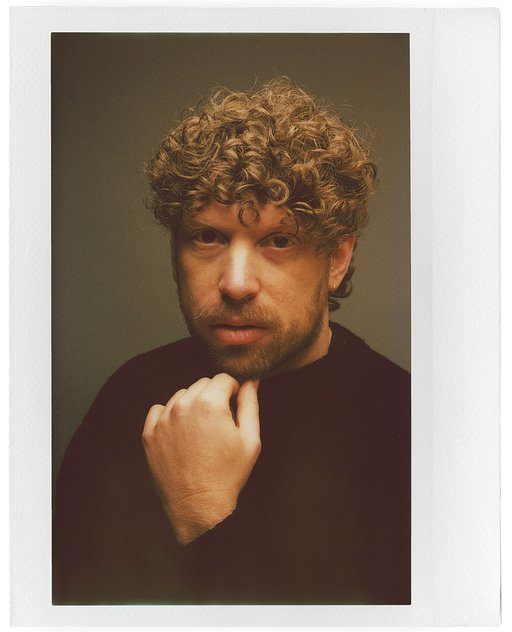
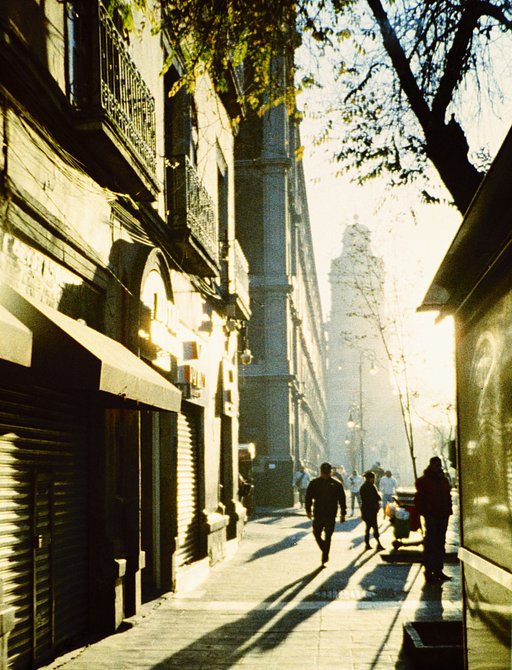


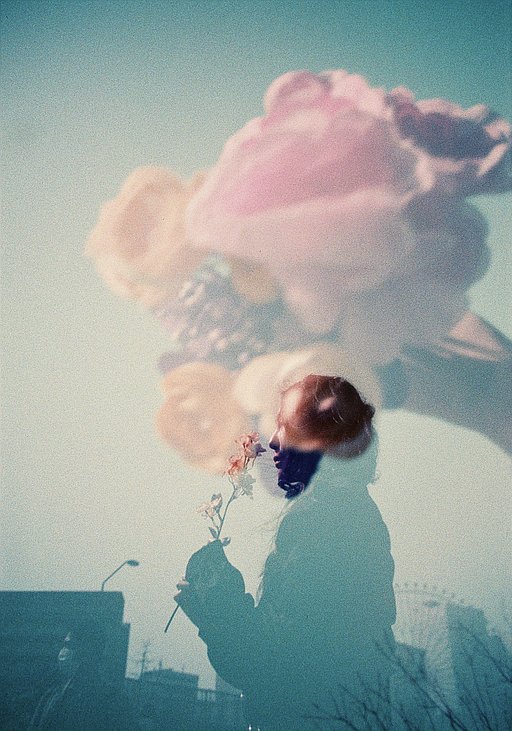

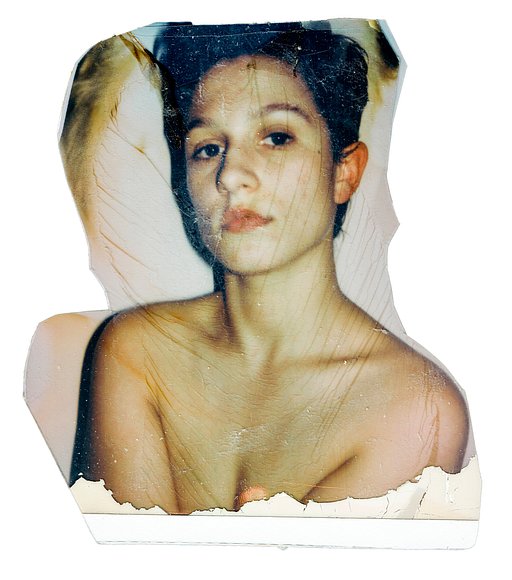





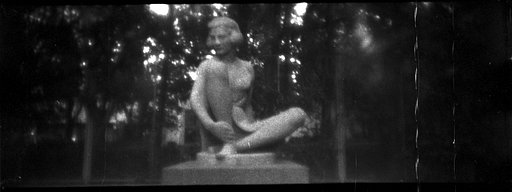
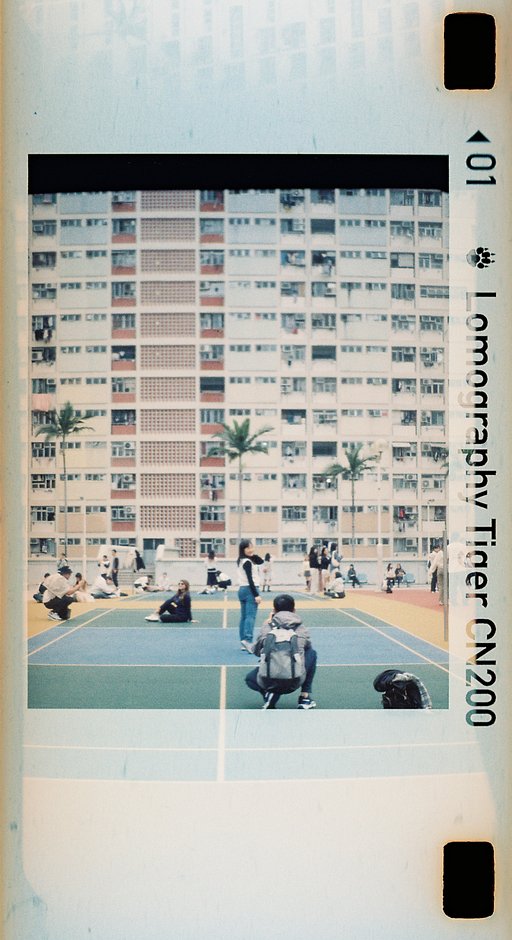

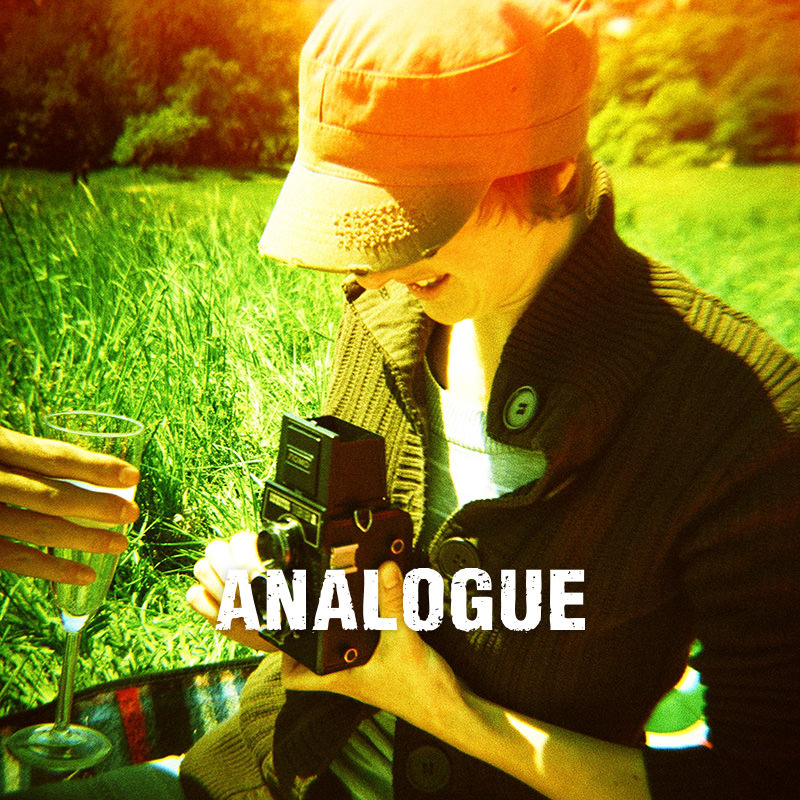
5 Comments